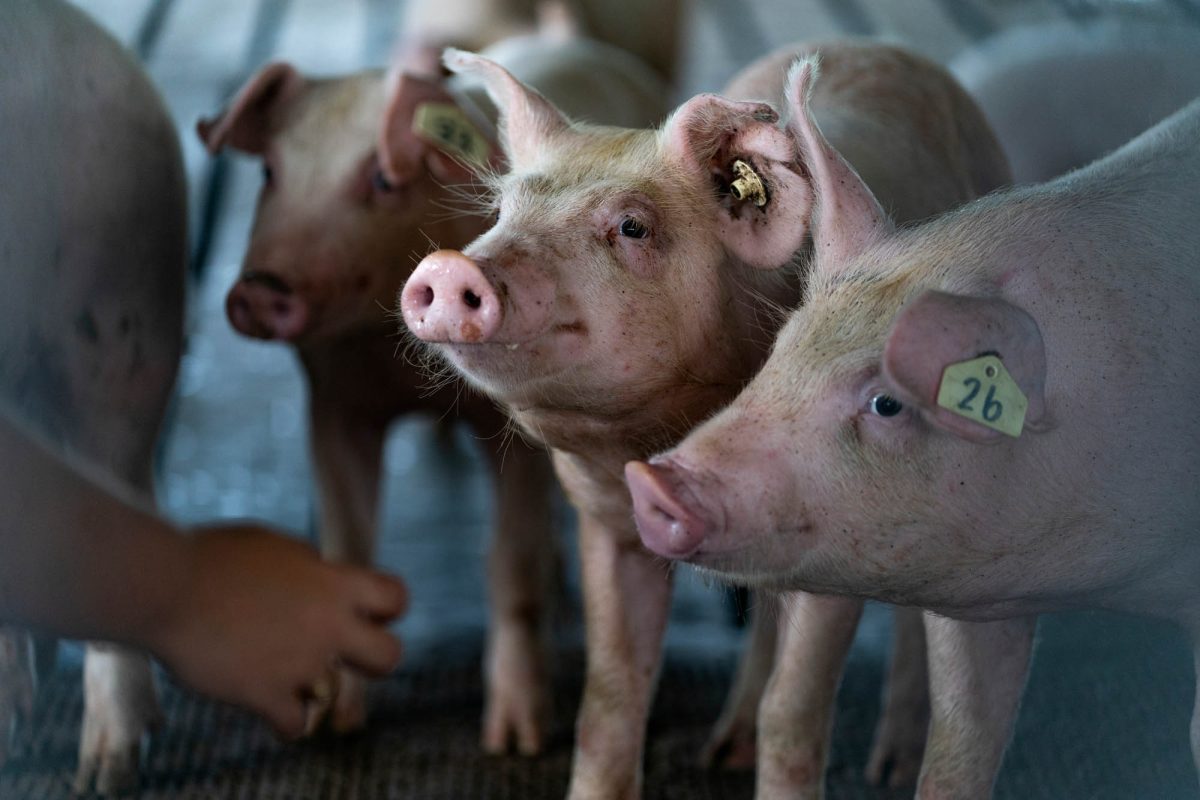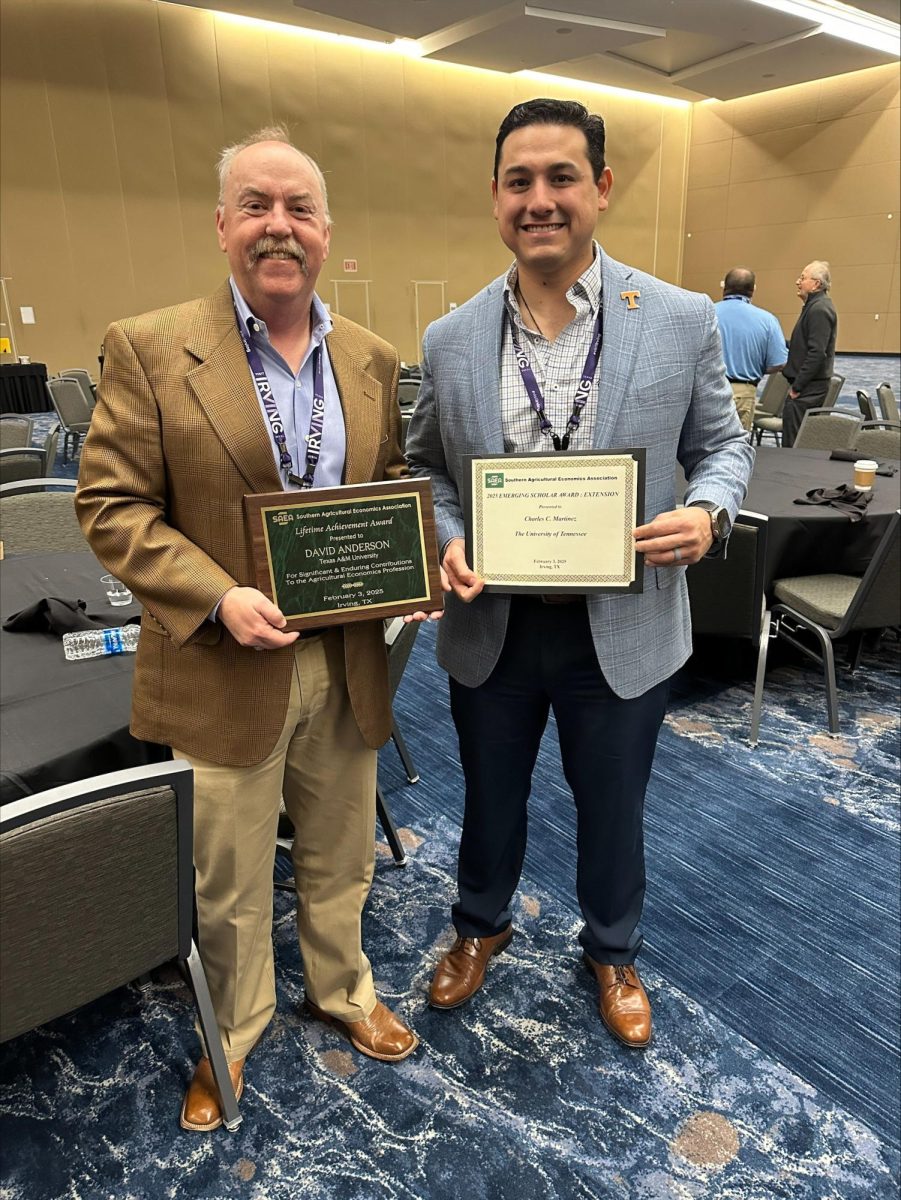With the last leg of Vision 2020 beginning in 2015 and the closing procedures being put into motion, Texas A&M administrators keep an eye on the finish as they reflect on the last 14 years of the initiative.
Provost Karan Watson said the idea of Vision 2020 is to grow the university into a culture of excellence, and it is difficult to measure with numbers and metrics the cultural experience Vision 2020 is pushing toward. Watson said other universities pick and choose the rankings that work best for them, which is something A&M wants to avoid.
If the goal of A&M was to sell degrees, Watson said, progress would be more quantifiable. But “the culture of excellence is not something you can measure,” Watson said.
“It’s a very complex thing to say, ‘Are we doing better at educating students? Have we elevated the undergraduate experience compared to 15 years ago?’ It’s not that we don’t have dozens of metrics but putting them together to overwhelmingly and conclusively say this proves we have made this advancement or something like that, that’s what is complicated about it,” Watson said.
Vision 2020 involved hundreds of people at its onset and was approved by the Board of Regents in 1999. Reflecting on 2014 and moving forward, Watson said the university continues to pursue an increase in the return of investment for students — a category in which A&M ranks in the top 10 — by ensuring they have an excellent experience and are sought after when they graduate.
Assistant Vice President for External Affairs Robert Bisor served on the original task force for Vision 2020. Bisor said the progress Texas A&M has made with Vision 2020 since its start is tracked through a set of five-year benchmarks that the university keeps. A positive way to look at the university’s progress is by what other people have said when comparing and ranking schools’ degree programs, Bisor said.
“The Wall Street Journal ranked Texas A&M No. 2 nationally for our graduates being best prepared and most able to succeed,” Bisor said. “It’s those kind of headlines that others are looking at us externally and making judgments about the quality of our graduates, the quality of our research and the impact of our students when they graduate.”
Watson said the university wants to focus on high-impact learning experiences and hands-on experiences because students learn best when they are doing rather than listening to theories.
“A high-impact learning experience is trying to use that fundamental aspect of learning and say, ‘Okay, it’s fine when I hear it and or read it, it stays with me in a certain way,’ but for most of us when we have to apply it, when we have to do something, when it feels real and it’s not just a theoretical exercise, it’s something I’m having to reflect on and think about what’s happening in a real setting, then we never forget it,” Watson said.
Watson said students today will face more global environments and need to have an experience with other parts of the world, which could come through an internship, participation in a laboratory or a cultural experience abroad. A&M ranks No. 8 nationally for the number of students able to participate on these trips, Watson said.
“That’s who changes the world, that’s who leads the world, those people who have that self-awareness about their own knowledge and that curiosity and drive to fulfill those things,” Watson said.
The university hopes to have at least 50 percent of the student population engaging in an intense cultural experience, and it hopes to provide activities on campus to bring “so many opportunities to students that it just becomes a natural part of the culture to engage in those things,” Watson said.
Carol Binzer, director of administrative and support services in the Department of Residence Life, said another way A&M is trying to enhance the university’s learning experiences is by improving upon residence facilities so students can gain an academic edge.
“A satisfaction survey we did said things like access to computers, quiet hours, study lounges and programs in the residence halls are things students cite as important to them and their success and satisfaction with their college experience,” Binzer said.
Watson said changes such as this have sparked a task force to decide which kinds of learning environments students need to improve their studies and experiences.
“If what we really want is a facility where students can more actively engage with some experiences, let’s make sure that’s what we are looking toward, either renovating or building new space to do that,” Watson said.
Looking forward to the last years of Vision 2020, Watson said this vision is a race, and the university will continue to improve upon these and other student experiences.
“We just finished, metaphorically, the third lap, which always was a hard lap because you’re over halfway but you’re tired,” Watson said. “We are about to enter the fourth lap and that’s the kick. We’ve done good, we’ve stayed in the pack, we’ve moved ahead in the pack, we are well positioned, but now it’s time. We have done a lot of the groundwork so we are really going to have to shine even more, we are going to have to improve our four year graduation rate, improve our retention. We are going to keep making sure our students are sought after … that’s going to be because of the kind of experiences they had inside and outside the classroom.”
Provost: Vision 2020 ‘race’ enters final lap
December 14, 2014
0
Donate to The Battalion
$2790
$5000
Contributed
Our Goal
Your donation will support the student journalists of Texas A&M University - College Station. Your contribution will allow us to purchase equipment and cover our annual website hosting costs, in addition to paying freelance staffers for their work, travel costs for coverage and more!
More to Discover









